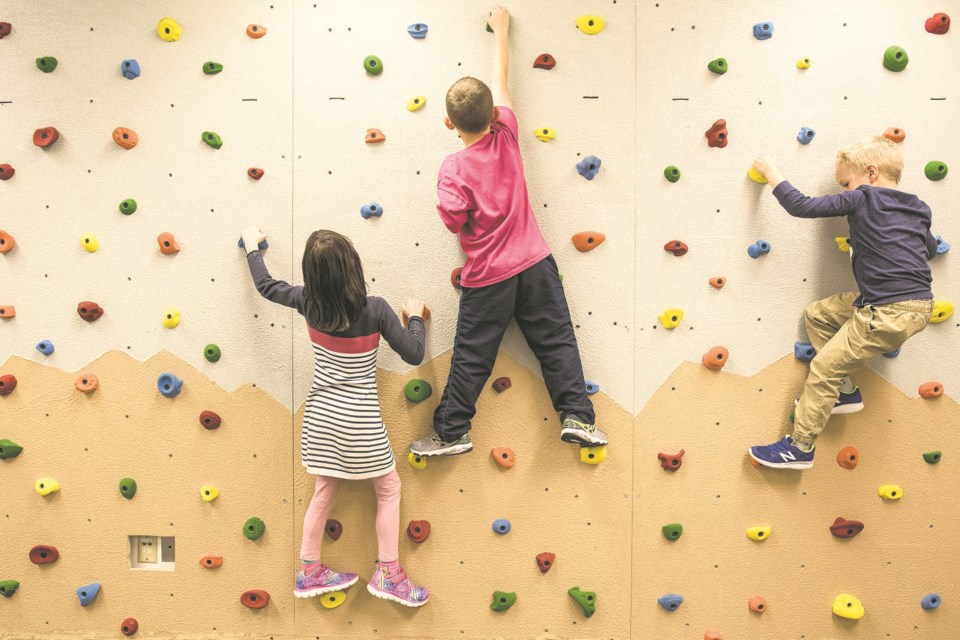Local school districts say the new rules regarding seclusion rooms and calming rooms won’t have much of an impact on them.
Last week, the provincial government lifted a ban on seclusion rooms that was put in place by the previous NDP government and said it would be consulting on upcoming new regulations around seclusion, time out and calming rooms. The UCP government expects the new standards to be in place by the end of October, and until then the interim standards will be in effect.
Renee Lukie, supervisor of student services at St. Albert Public Schools, said they won’t be impacted too much by changes to the regulations.
The public school board does not use seclusion rooms and the only changes they anticipate they may need to make under the new regulations are changes to the documentation process, which they had already started undertaking last year.
“We have rooms (that) are used for a timeout type situation in some of our schools, not in all of our schools, but we use those rooms from a prevention-based model,” Lukie said.
Lukie said the school uses the time out spaces, but only as a last resort for students and as a part of their overall behaviour plan. Parents will sign off on a behaviour plan before it is implemented and kids are encouraged to self-regulate and take themselves into the rooms to calm down before any explosive behaviour happens.
“We are going to be working as closely as we can with Alberta Education to make sure that we're doing what's right for kids and communicating with their parents,” Lukie said
Lukie said the spaces, which may have a soft place to sit and are part of the classroom or adjacent to the classroom, are primarily used for kids who are part of the behaviour improvement classes and who may need help regulating their social and emotional needs.
David Keohane, superintendent of Greater St. Albert Catholic Schools, said his school district also doesn’t use seclusion rooms but rather they use sensory rooms for their students. Keohane said the district will not be impacted at all by any changes to calming room regulations.
Keohane said the rooms are designed to help calm students down, some with harnessed swings for rocking, calming lighting and other details that can help students.
“It's a good place just for the students to start to engage in those ergonomic supports within the room that provides a common support and assist with the self-regulation.”
“The lights can be adapted to reflect a very calming mood."
At the Sturgeon Public School Division, they use both sensory rooms and quiet rooms to help regulate student behaviour.
“Quiet rooms and sensory rooms (are) something a student can choose to go to. So one of the things that we work at in Sturgeon Public is having students recognize when they need a quiet space,” Ruth Kuik, deputy superintendent of education services, said.
“When you have that team approach in place, and we have so many people coming to the table that would have a relationship with this child, we just don't feel that seclusion rooms would be necessary.”
All three districts said they would never physically bring a student into one of the rooms, they all have behaviour regulation plans in place, they use their separate spaces as a last resort and all speak to parents before and after the rooms are used. All of the districts encourage students to self-regulate to seek out the spaces on their own. None of the children are ever locked inside alone and unsupervised.




